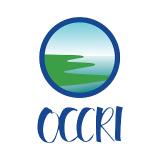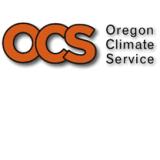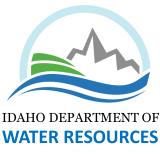Pacific Northwest DEWS Drought & Climate Outlook Webinar: December 19, 2022
These webinars provide the region's stakeholders and interested parties with timely information on current and developing drought conditions, as well as climatic events like El Niño and La Niña. Speakers will also discuss the impacts of these conditions on things such as wildfires, floods, disruption to water supply and ecosystems, as well as impacts to affected industries like agriculture, tourism, and public health.
Note: A glitch in the recording appears later in the video that caused the audio and visuals to be out of sync. We apologize for this issue.









